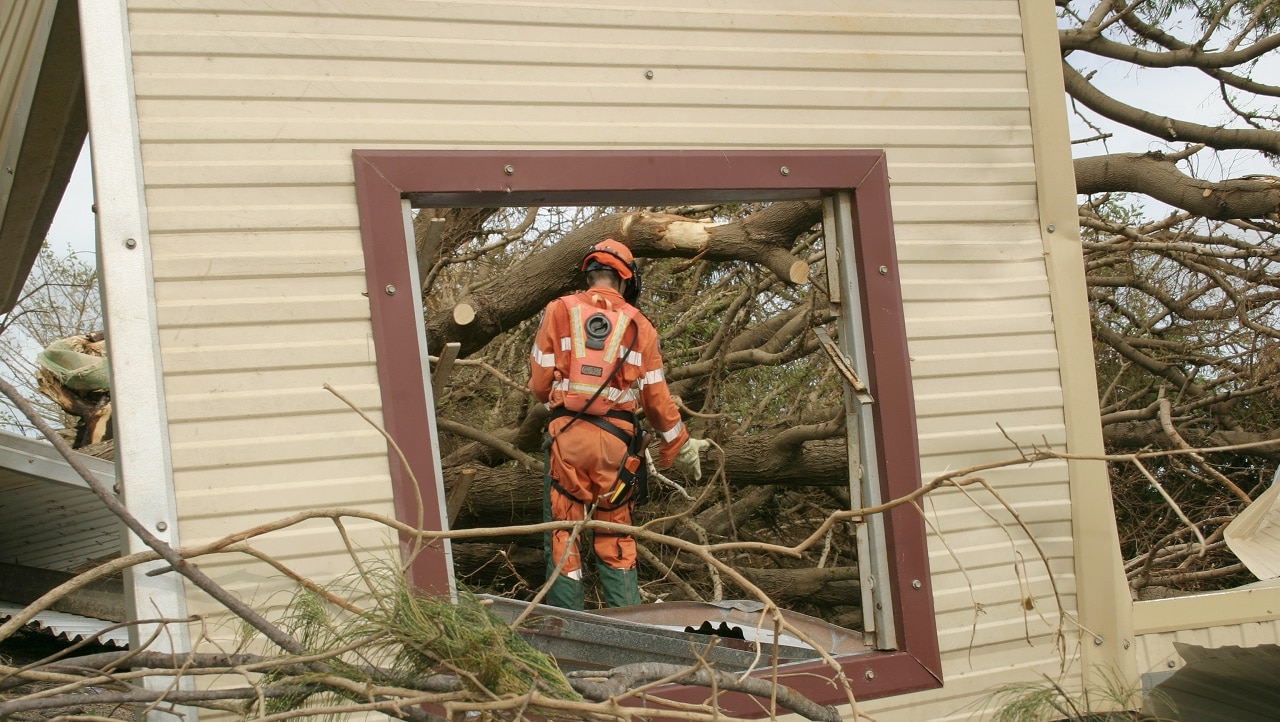William Richey
Vice-President, Consulting Expert
William Richey serves as a Vice-President of Consulting for CGI. He spearheaded the creation of a national practice focused on Natural Disaster Recovery in the U. S. and currently also leads CGI’s LATAM and Caribbean delivery.







